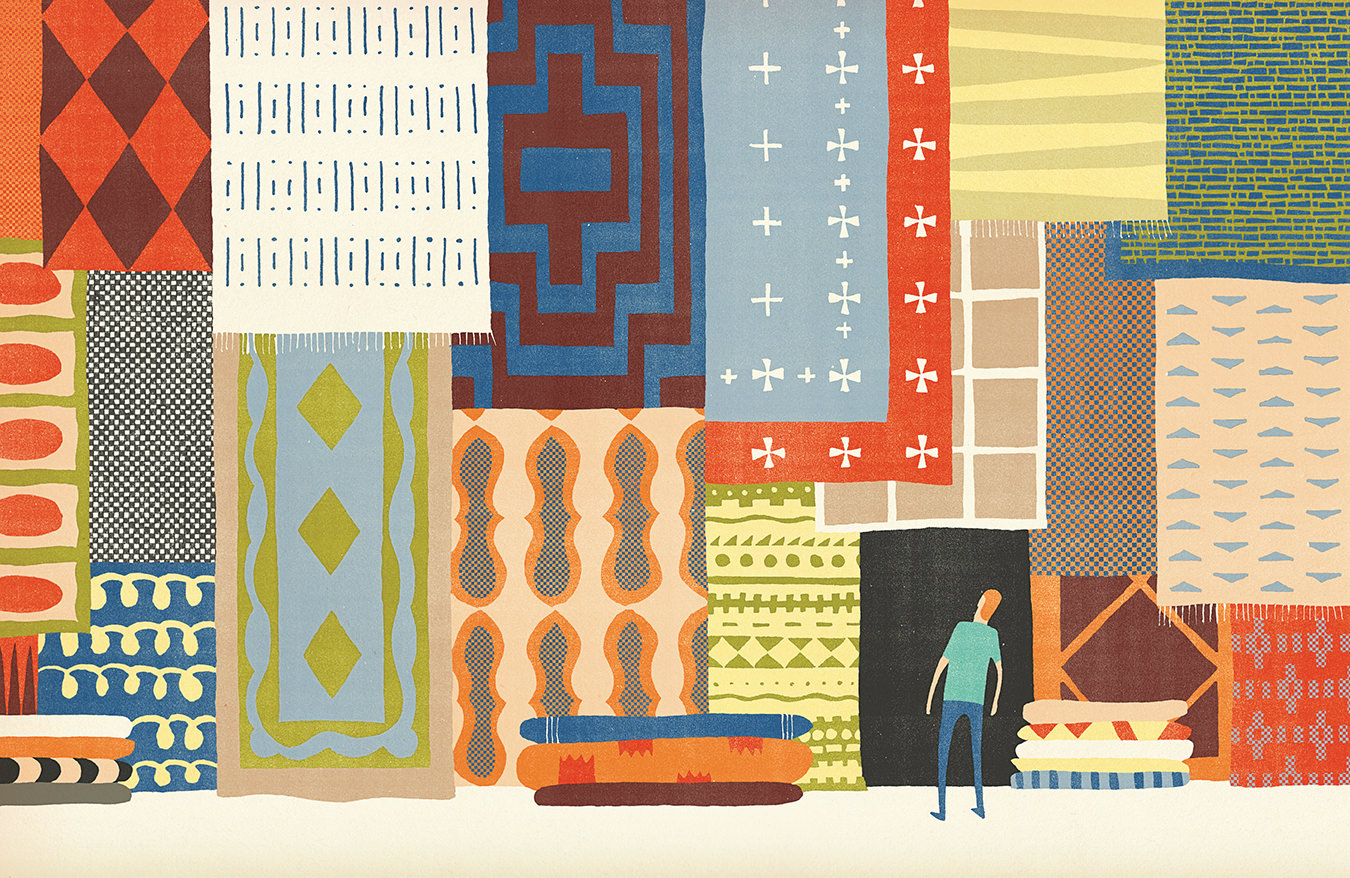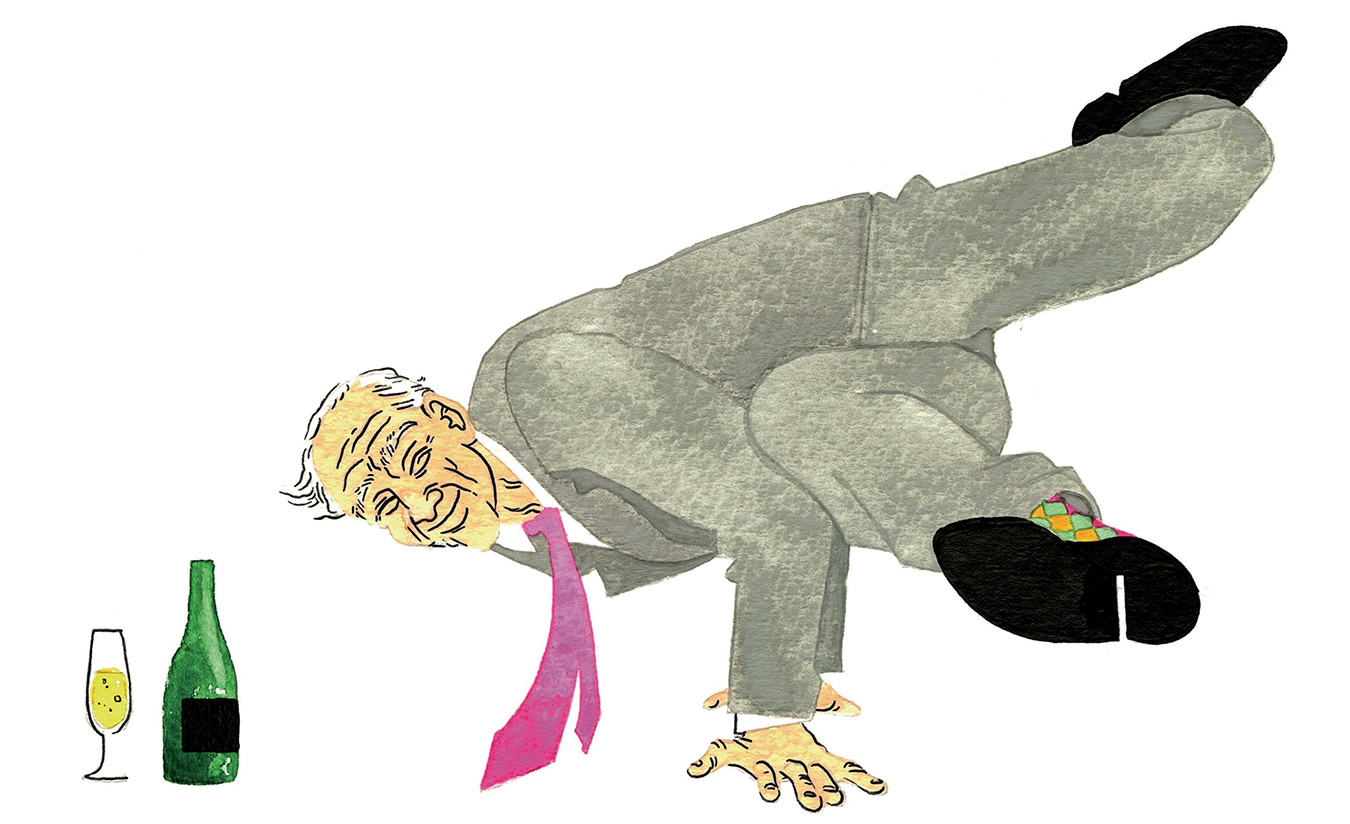The Art and Economics of NFTs, Non-Fungible Tokens
Crypto collectibles.

Image by Rostislav Uzunov.
You can now add another item to the long list of stuff you can collect: non-fungible tokens (NFTs). NFTs are a digital technology based on the Ethereum blockchain: an encrypted record that catalogues the ownership of the “authentic” version of a given file. In some cases, that ownership may confer property rights or copyright privileges, but in most cases, it doesn’t.
Not that it much matters. The purpose of an NFT isn’t to make money from it or to stop others from downloading, copying, sharing, or “liking” it. Rather, it’s the pride of owning the “autographed” version of a given file.
In theory, pretty much anything can be an NFT: a family photo; a sports trading card; an MP3 of your ninth-grade garage band playing Nirvana; whatever. But the big money is in art, particularly popular art from the upload age: memes, tweets, GIFs, 8-bit illustrations, and the like. Much like Warhol’s soup cans 60 years ago, NFTs of “Disaster Girl,” “Nyan Cat,” and “Overly Attached Girlfriend” seem to encapsulate the culture of the times: a heady goulash of postmodernism and kitsch, with a sprinkle of throwaway capitalism and a dash of dot-com stock market bubble thrown in for added flavour.
_________
On some level, this fetish of authenticity is difficult to fathom.
To call NFTs the Wild West of the art scene would be an understatement; they are more like an anything-is-possible multiverse in which the rules of art, economics, and utility are constantly called into question. How else to explain an animation of a skeletonized gold gummy bear selling for $1 million? Or the first ever tweet (by company founder Jack Dorsey) commanding $2.9 million? Or a collection of William Shatner trading cards—one of which was a dental X-ray from 1953—selling out in just nine minutes, netting the actor a cool $110,000?
On some level, this fetish of authenticity is difficult to fathom: when your own copy of “Nyan Cat” is a mere drag-and-drop away, why would you shell out $580,000 for the NFT? Then again, this is hardly a new question: Marcel Duchamp highlighted the absurdity of defining and valuing art back in 1917 by flipping a urinal upside down with the appellation “R. Mutt, 1917” to create Fountain. From that perspective, NFTs are simply the latest attempt to reestablish the “aura” of artistic authenticity in the age of digital reproduction: an effort to transform the endlessly copyable into something exclusive and precious—and immensely profitable.




